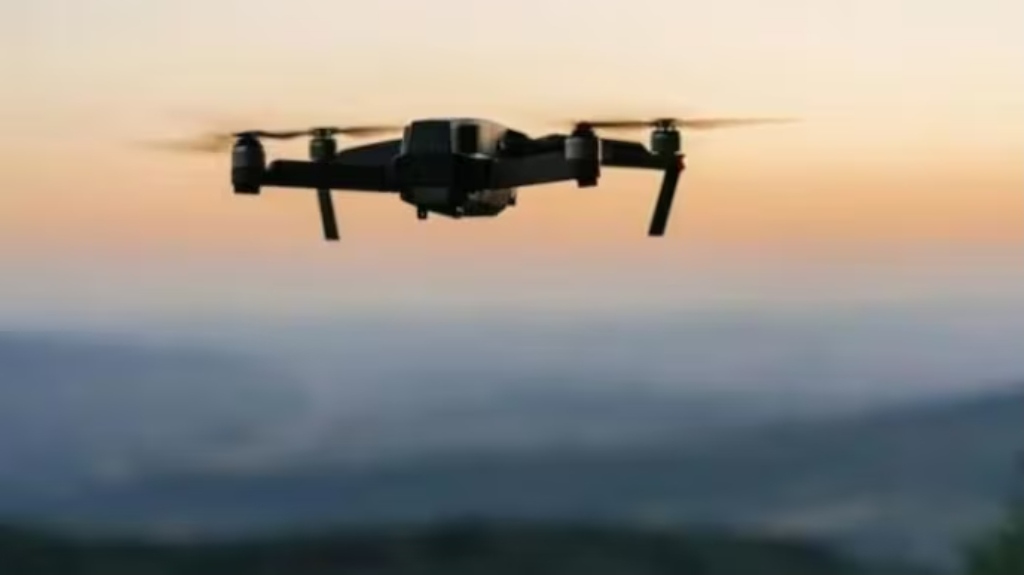India boosts drone warfare capability along border

A drone multiplies the Intelligence, surveillance, and reconnaissance capabilities many folds due to its high altitude flight endurance. The major strength of the drone, is that it can provide 24×7 surveillance of targets.
Modern avionics and engines have increased the operational ceilings of the aircraft.Further drone can operate in any weather and over any terrain to constantly monitor its targets and complete the mission. Armed drones can even strike the target when required.
The Indian Air Force has now inducted its latest Heron Mark-2 drones, which have strike capability and can carry out surveillance along the LOC on the Indo Tibetan border and along the LC with Pakistan in a single sortie itself.
The four new Heron Mark-2 drones, equipped with long-range missiles and other weapons systems, have been deployed at a forward air base in the northern sector.
These drones with satellite communication capability have given a long desired capability to the Indian Air Force. These drones can cover not only very long distances but also have endurance of nearly 36 hours at a stretch. They can also laser illuminate enemy targets from very long ranges to help fighter aircraft fire their long-range missiles.
The Heron Mark-2 is capable of longer endurance and has ‘beyond line of sight’ capability. With this, the entire area across a Corps Zone can be put on surveillance from one operating base. The long endurance also ensures that multiple missions can be flown and multiple sectors can be addressed in one mission itself.
Defence officials said the drones are capable of being equipped with weapons, and work towards weaponizing them is in progress, implying that presently they are not armed. The drones can be equipped with different types of weapons, as the original equipment manufacturers can equip it with air-to-ground missiles, air-to-ground anti-tank weapons, and bombs.
The previous versions of this drone were inducted into the IAF in the early 2000s.
“The payloads and the on-board avionics of the Heron Mark-2 can operate at sub-zero temperatures and in any weather condition. This is helping the Indian Air Force achieve footprints over any type of terrain,” Saud an officer.
The Indian Air Force is also working on Project Cheetah, under which around 70 of the Indian Armed Forces’ Heron drones are to be upgraded with satellite communication links and weaponised to meet the requirements of the armed forces.
The Indian armed forces are also getting 31 Predator drones, which are in the high altitude, long endurance category and are helping the Navy presently to cover large tracts of the Indian Ocean region.
India is getting a version of the drones that can be equipped with weapons and will have sensors for different roles in different terrains.
Fifteen of these drones are to be operated by the Indian Navy, while the other two forces would be getting eight each.



